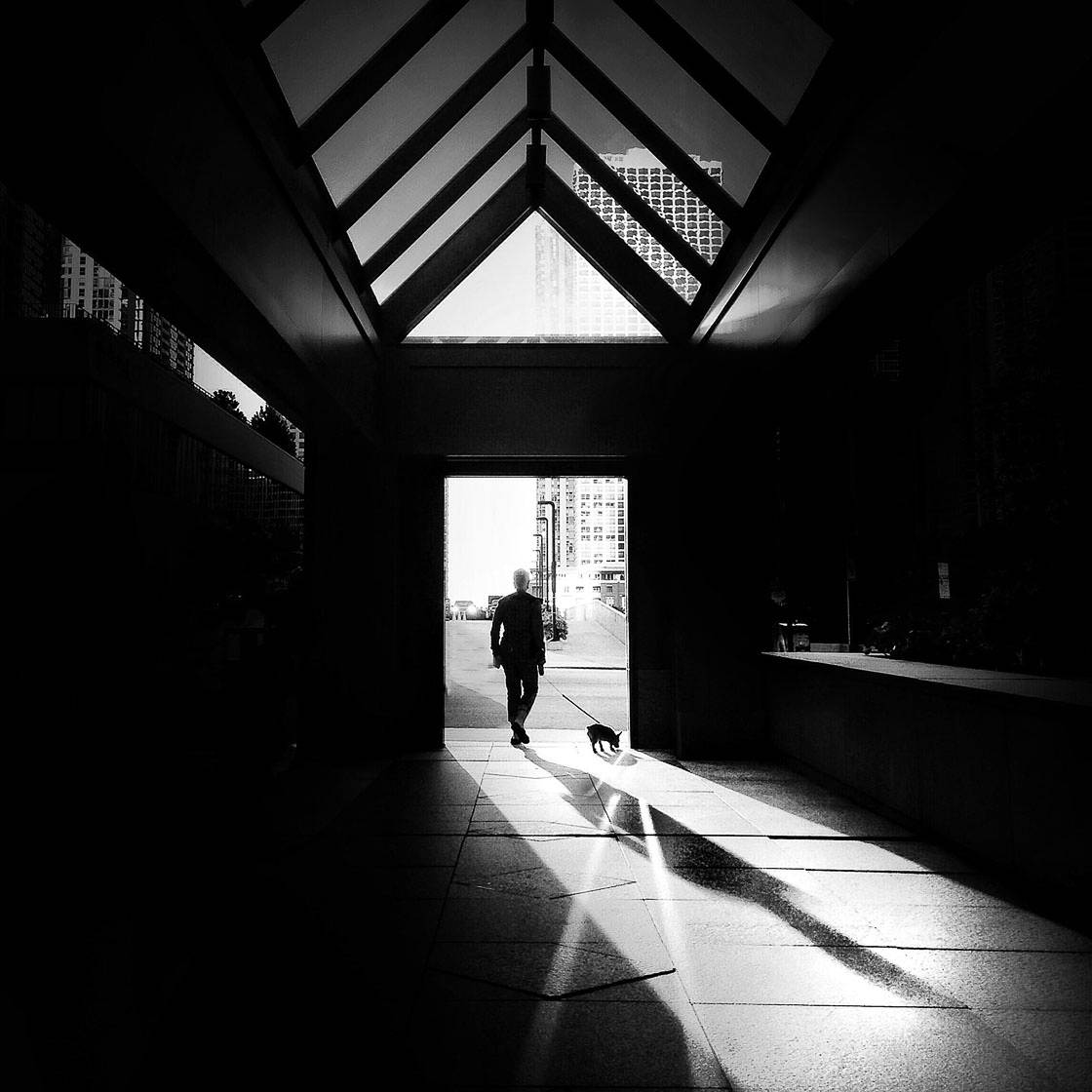The smart Trick of Street Photographers That Nobody is Discussing
The smart Trick of Street Photographers That Nobody is Discussing
Blog Article
Street Photographers - The Facts
Table of ContentsSee This Report on Street PhotographersAll about Street PhotographersNot known Incorrect Statements About Street Photographers Street Photographers Things To Know Before You Get ThisStreet Photographers - Truths
Street professional photographers do not always have a social purpose in mind, yet they choose to separate and capture moments which could otherwise go undetected.He was influenced by several of those that influenced the street digital photographers of the 1950s and '60s, he was not mainly interested in recording the spirit of the road., who worked side by side with professional photographers trying to record the significance of urban life.
Since of the fairly primitive technology available to him and the long exposure time needed, he battled to record the pressure of the Paris roads. He explore a series of photo methods, attempting to find one that would allow him to capture movement without a blur, and he found some success with the calotype, patented in 1841 by William Henry Fox Talbot. While the digital photographers' topic was basically the exact same, the results were significantly different, showing the influence of the professional photographer's intent on the character of the images he generated.
The 8-Minute Rule for Street Photographers
Provided the great high quality of his pictures and the breadth of material, engineers and artists often got Atget's prints to use as recommendation for their own work, though business interests were rarely his main inspiration. Rather, he was driven to photo every last residue of the Paris he liked. The mingled passion and urgency of his goal shine through, leading to pictures that narrate his own experience of the city, top qualities that anticipated street digital photography of the 20th century.

Unlike his peers, Brassa used a larger-format Voigtlnder electronic camera with a longer exposure time, compeling him to be much more computed and thoughtful in his technique than he may have been if making use of a Leica. (It is thought that he might not have actually been able to pay for a Leica at that time, however he did, nonetheless, use one in the late 1950s to take colour photos.) Brassa's pictures of the Paris abyss brightened by man-made light were a discovery, and the collection of the series that he published, (1933 ), was a significant success.

Some Of Street Photographers
It is due to this fundamental understanding of the art of photo taking that he is commonly credited with uncovering the medium around once check my blog again about a century because its development. He took photographs for greater than a half century and influenced generations of digital photographers to trust their eye and instinct in the minute.
These are the inquiries I will try to respond to: And afterwards I'll leave you with my very own meaning of road photography. Yes, we do. Let's begin with defining what a definition is: According to it is: "The act of defining, or of making something definite, distinct, or clear".
No, definitely not. More Info The term is both restricting and misguiding. Seems like a street photography should be photos of a roads appropriate?! And all road professional photographers, other than for a little number of absolute beginners, will totally value that a street is not the essential component to road digital photography, and actually if it's a photo of a road with possibly a few dull individuals not doing anything of rate of interest, that's not street digital photography that's a snapshot of a road.
The Buzz on Street Photographers
He makes a valid factor don't you assume? Nevertheless, while I concur with him I'm unsure "honest public photography" will certainly catch on (although I do type of like the term "candid photography") read the full info here due to the fact that "street digital photography" has been around for a very long time, with many masters' names connected to it, so I believe the term is right here to remain.
Inside?! I hear you shout as you drink your clenched fist to the sky. Why not? You can fire at the beach, at an event, in an alley, in a park, in a piazza, in a coffee shop, at a museum or art gallery, in a city station, at an occasion, on a bridge, under a bridge ...
Yes, I hesitate we have no choice! Without rules we can not have a definition, and without a definition we do not have a style, and without a category we do not have anything to define what we do, and so we are stuck in a "policies definition style" loop! And no-one intends to get stuck in a loophole. - Street Photographers

Report this page